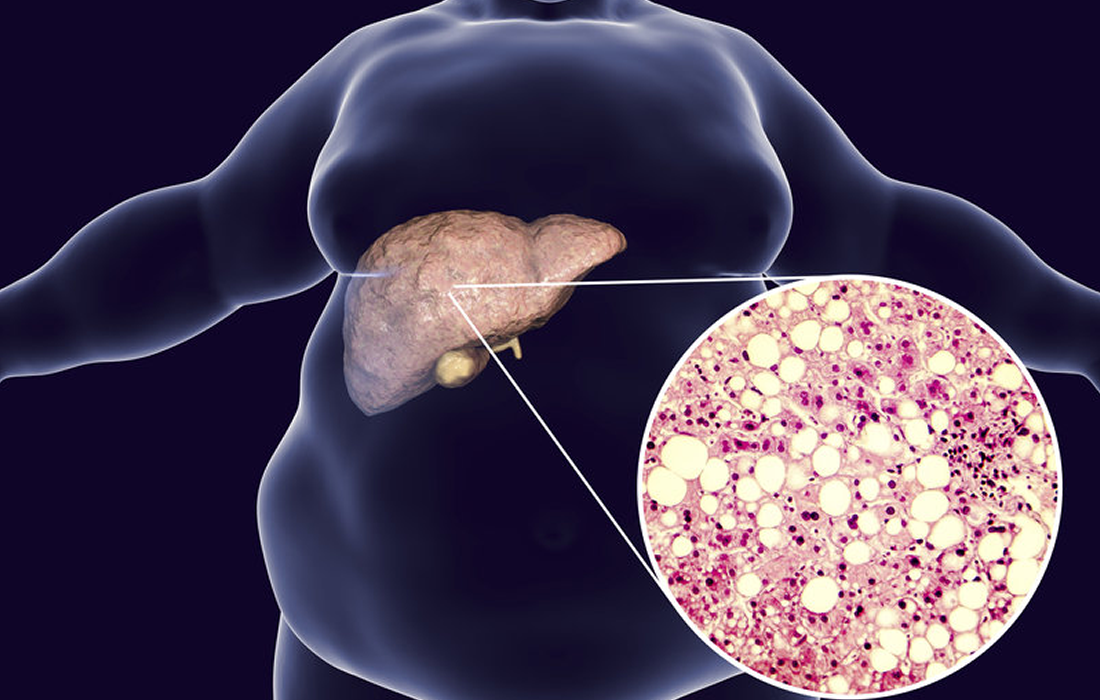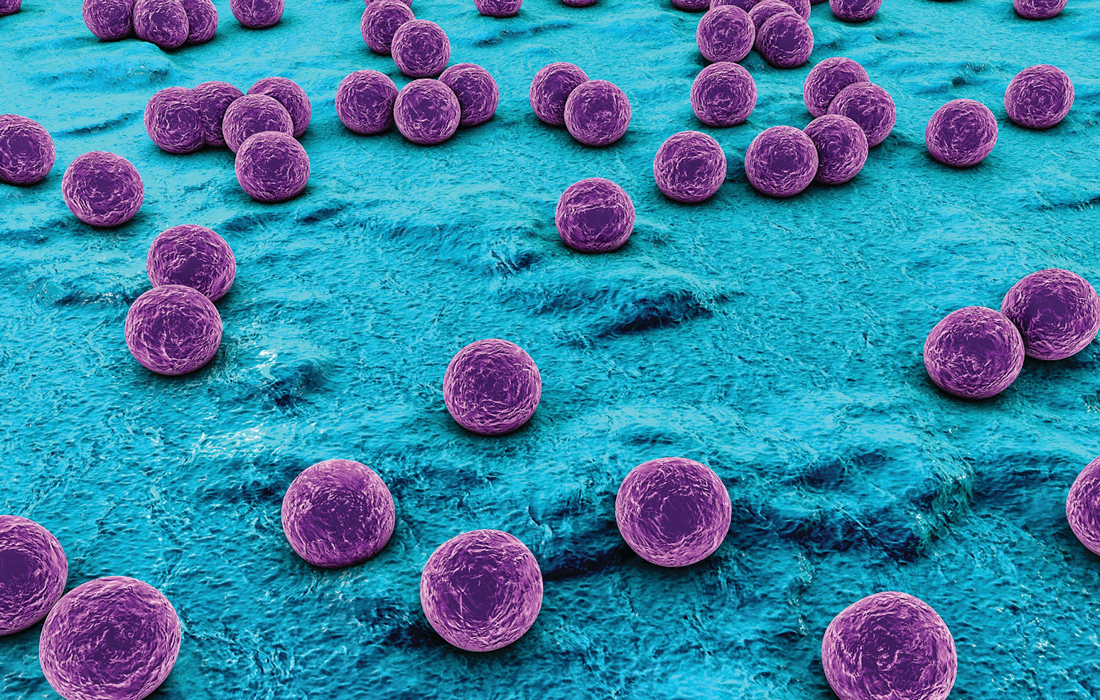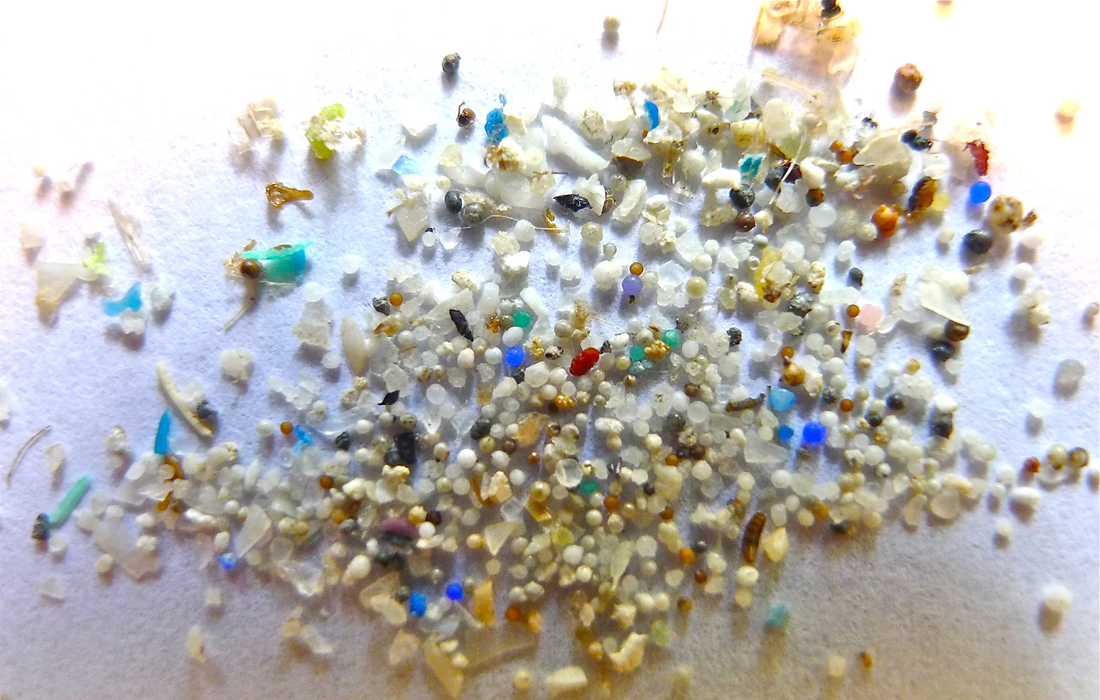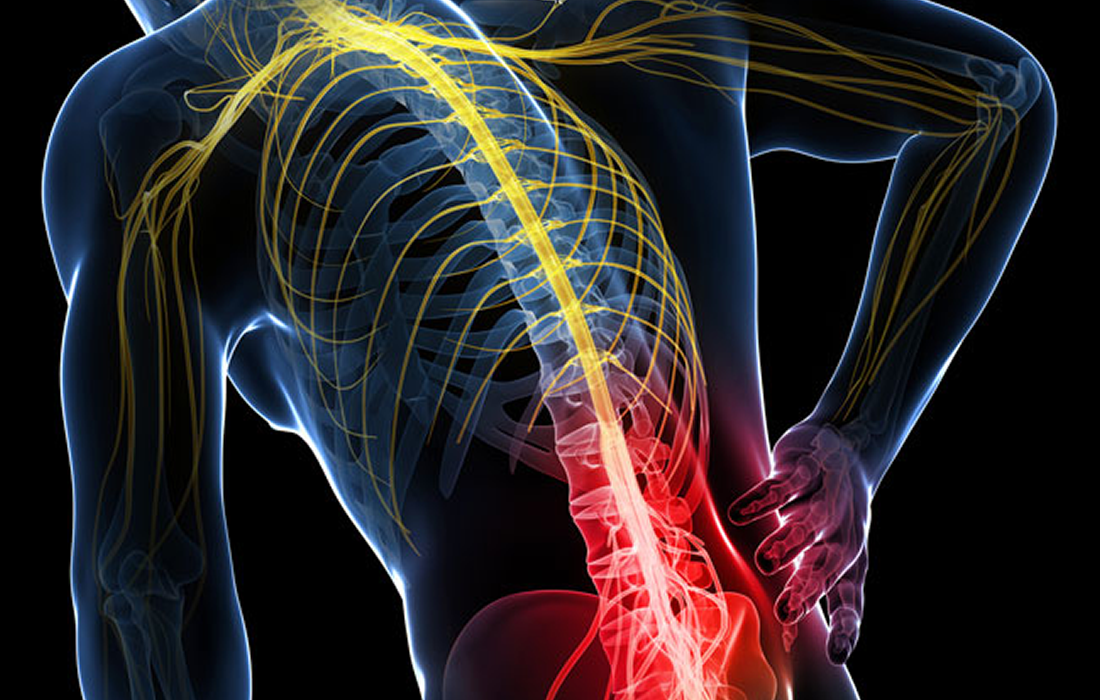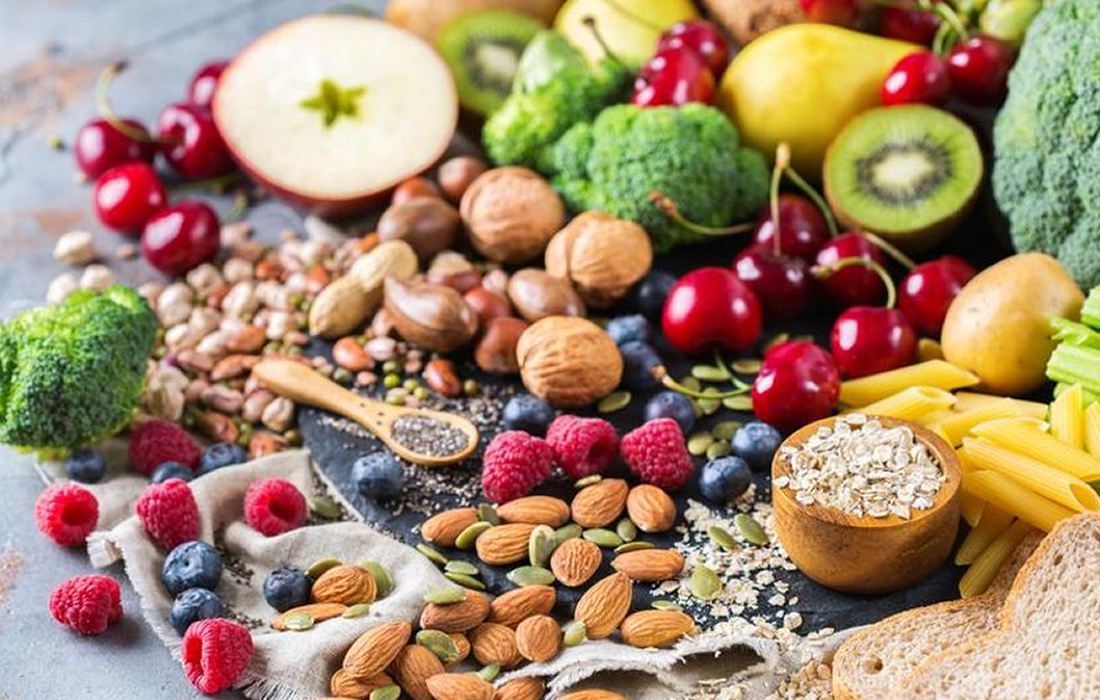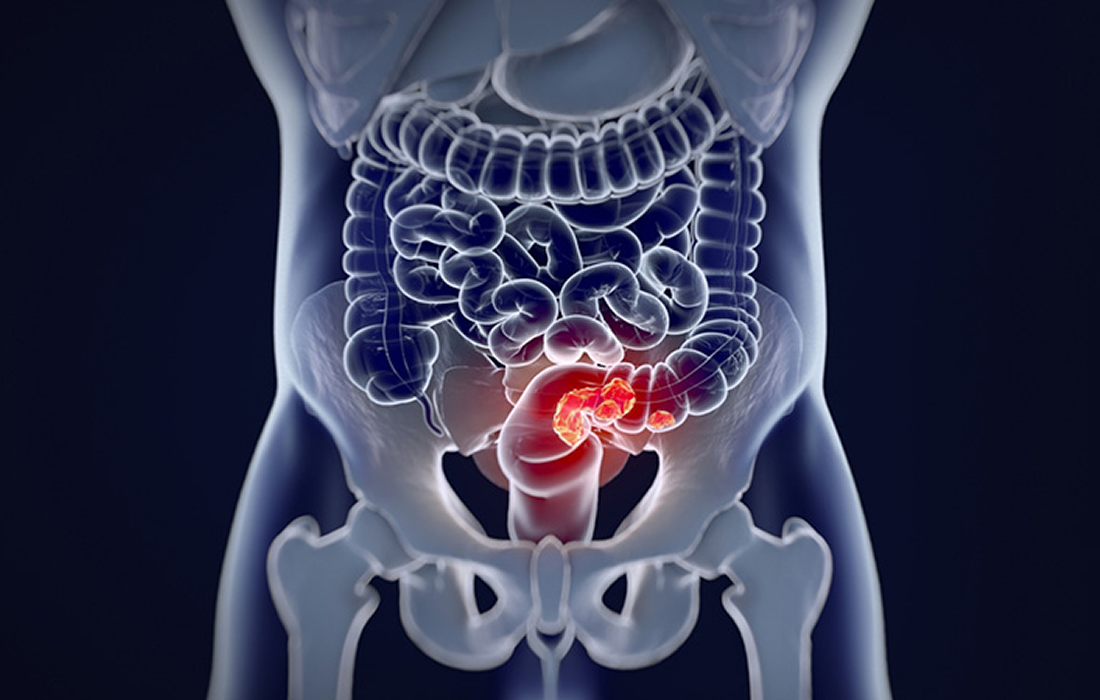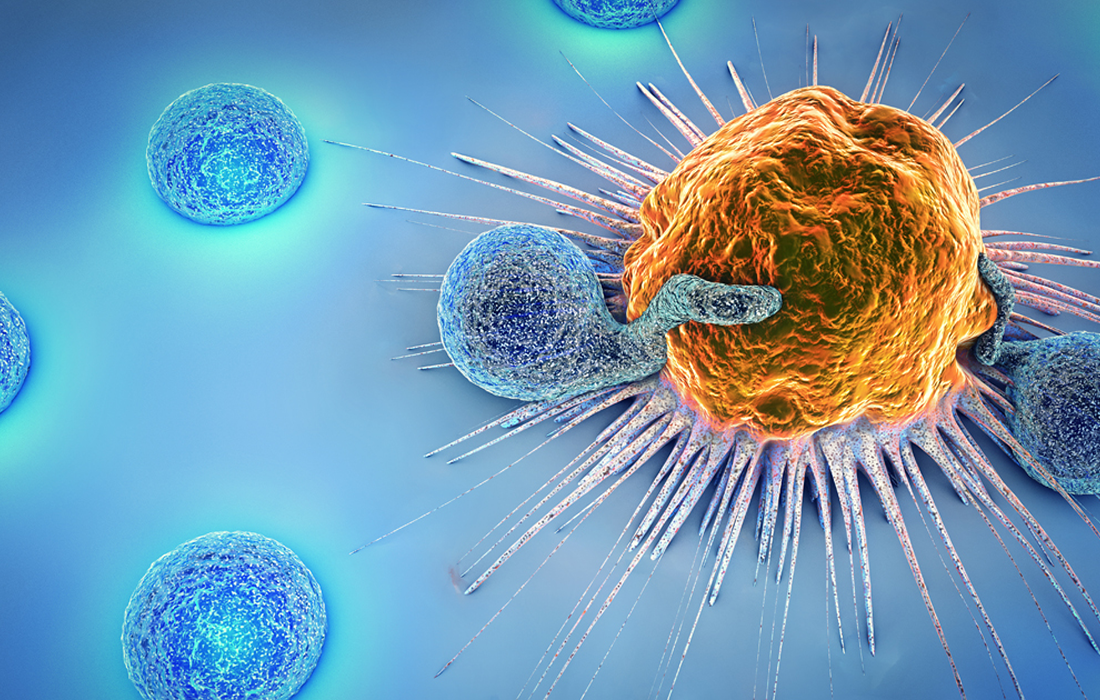Non-alcoholic fatty liver disease (NAFLD) is the most prevalent hepatic pathology associated with the global obesity pandemic. It is also the leading risk factor for non-alcoholic steatohepatitis and liver cirrhosis and is closely linked to the development of hepatocellular carcinoma. People affected are often also insulin resistant, have reduced glucose tolerance or type 2 diabetes, […]
Monthly Archives: December 2021
What Causes an Infection? An infection occurs when another organism enters your body and causes disease. The organisms that cause infections are very diverse and can include things like viruses, bacteria, fungi, and parasites. You can acquire an infection in many different ways such as directly from a person with an infection, via contaminated food […]
Throughout evolution, exercise in the form of food gathering, shelter seeking, and predator avoidance has been essential for human survival and necessitated the development of an adaptive mechanism to support muscle function and overall health. In recent years, technological advances have markedly diminished the need for physical activity, which contributes to the development of different […]
Humans are exposed to microplastics (MPs) daily via ingestion and inhalation. It is not known whether this results in adverse health effects and, if so, at what levels of exposure. Microplastics are fragments of any type of plastic less than 5 mm in length. They cause pollution by entering natural ecosystems from a variety of […]
What is Chronic Low Back Pain? Chronic low back pain is one of the most prevalent conditions causing a patient to seek medical attention and to miss days at work. Back pain can range in intensity from a dull, constant ache to a sudden, sharp, or shooting pain. It can begin suddenly as a result […]
Chronic inflammation is a hallmark of atherosclerosis and results from an imbalance between pro-inflammatory and pro-resolving signaling. Resolution of inflammation is regulated by a superfamily of lipid mediators called specialized pro-resolving mediators (SPMs) that consist of several structurally distinct families biosynthesized from polyunsaturated fatty acids, such as resolvings (Rv) and lipoxins (LX). SPMs have effects […]
Phthalates are a family of chemicals that can be found in plastic and personal care products used by consumers every day and they are known endocrine-disrupting chemicals that can disrupt female reproduction. They are found everywhere: building products, personal care products, food and beverage containers, and medical equipment. Studies have shown an environmentally relevant phthalate […]
Within the last 30 years, the obesity rate for adult Americans has more than doubled from 15% to 32% and currently, it is estimated that two-thirds of Americans are either overweight or obese, a 42% increase since 1980. A primary cause of this obesity epidemic is thought to be gross caloric intake, which has risen […]
In the United States, colorectal cancer (CRC) is the second most frequent cause of cancer-related death. Several screening options are endorsed for average risk CRC screening and have been shown to favorably affect both incidence and mortality outcomes. The Healthy People 2020 objective for CRC screening is to increase the proportion of adults aged 50 […]
The term messenger RNA has become familiar by the general public during the COVID-19 pandemic due to the development of the Pfizer and Moderna vaccines, which work by instructing cells in the body how to make a protein that triggers the immune response against the SARS-CoV-2 virus. However, the technology behind these vaccines has been […]

